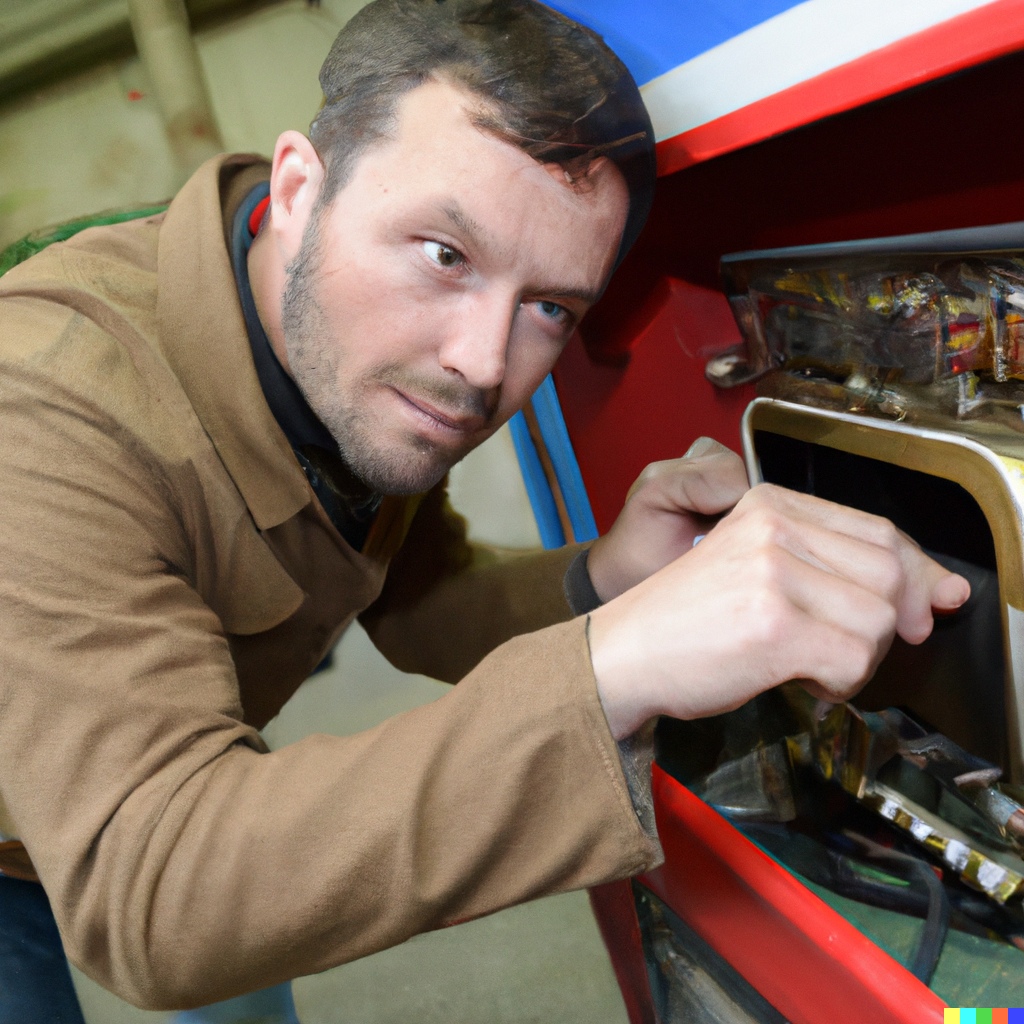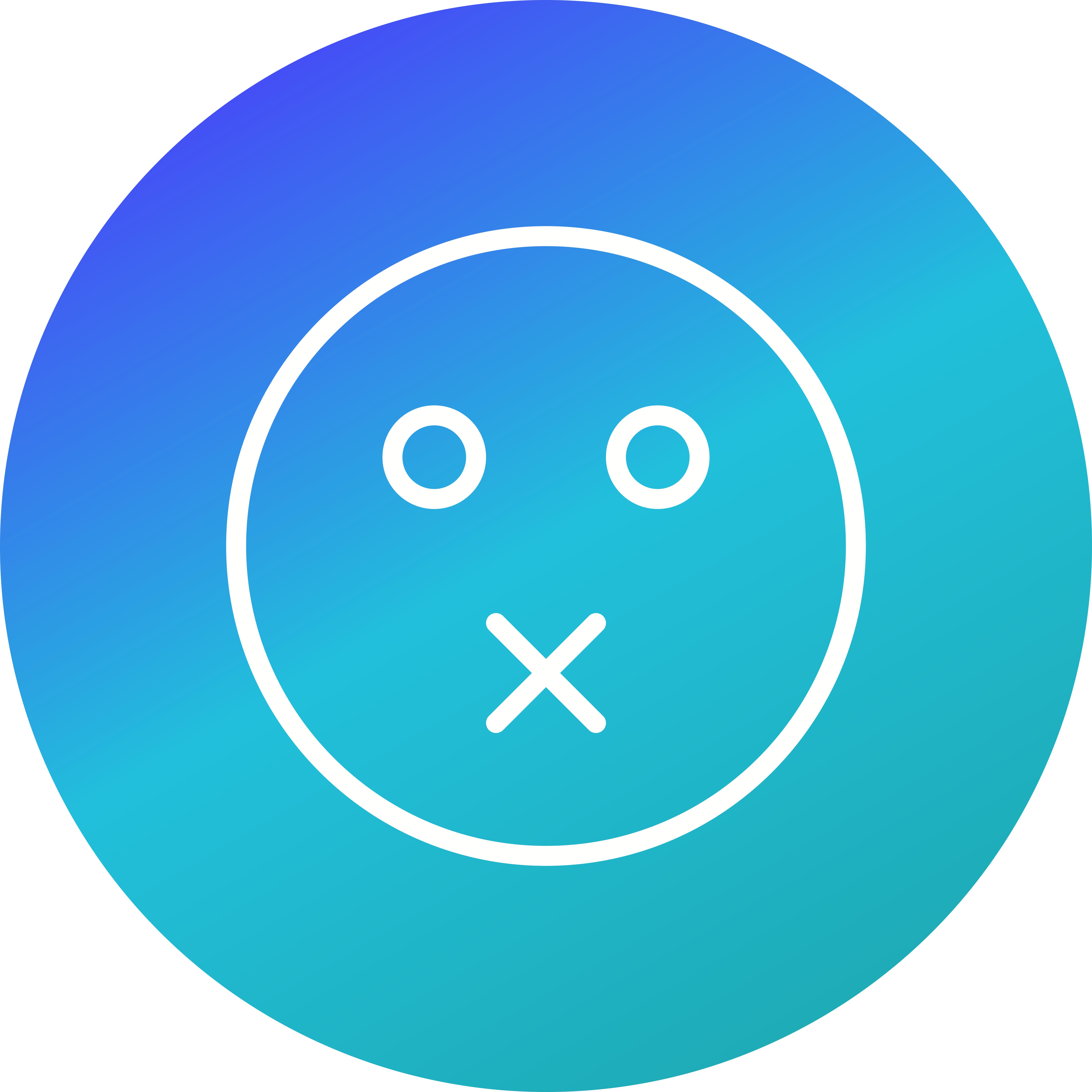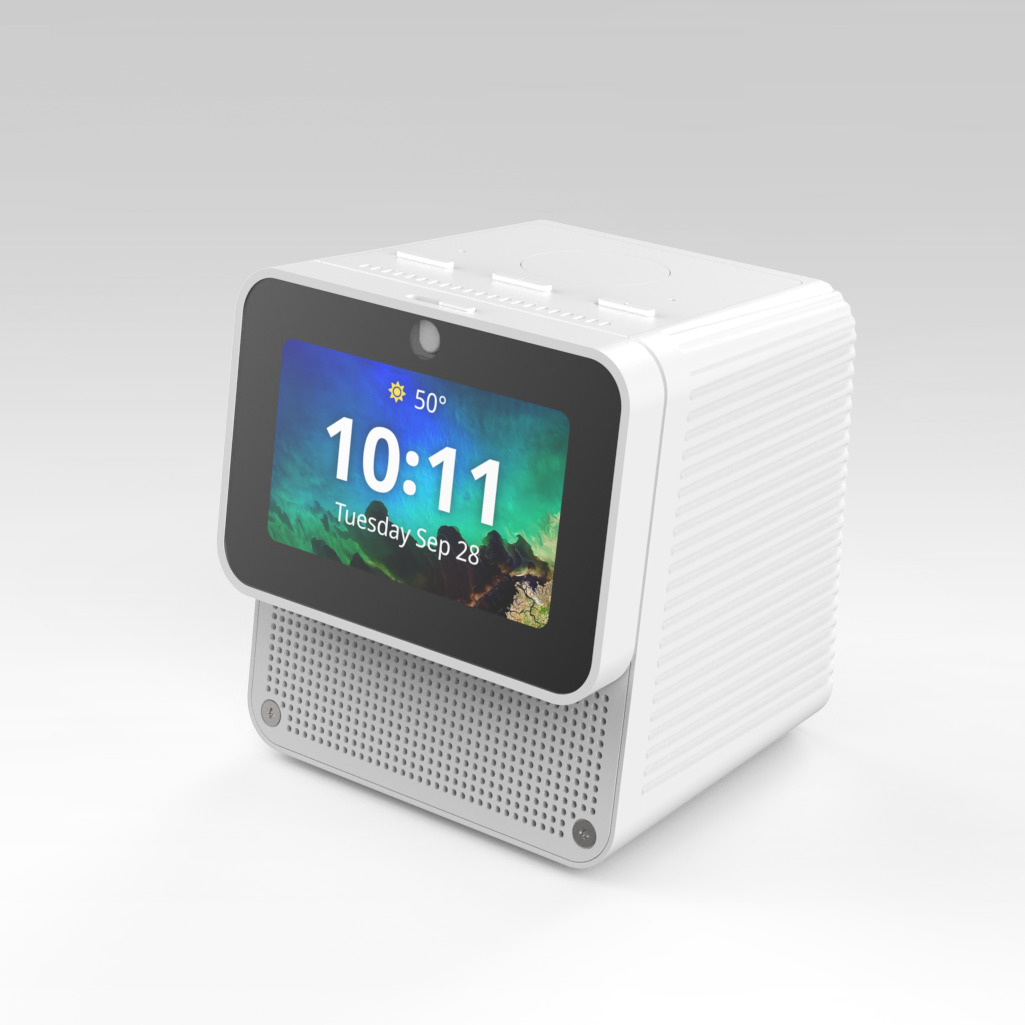RUNNING A FASTERWHISPER STT SERVER
Piggybacking off my post about running a local, private STT server, we’re going to take a look at running a FasterWhisper STT Docker image. FasterWhisper is an improvement on the open source Whisper STT project that adds some interesting features, including the ability to run exclusively via CPU, and using less memory. The large model is multi-lingual and does an excellent job of capturing punctuation. FasterWhisper is the current preferred STT solution for the OVOS team.
CONFIGURING LOCAL STT FOR OVOS/NEON
Neon.AI and OpenVoice OS (OVOS) both offer out-of-the-box smart speaker/voice assistant platforms, using a combination of their own aggregated text-to-speech (TTS) and speech-to-text (STT) hosted options as well as low-power open source engines in case the internet is not available. While both companies go out of their way to be as privacy-respecting as possible, ultimately I don’t want my voice assistant to be sending my voice to a server somewhere else on the internet or sharing the text that will be spoken aloud.
IMPROVING OCP PLAYBACK IN NEON/OVOS
One of the major improvements in OpenVoiceOS (OVOS) and, by extension, Neon, is OVOS Common Play (OCP). It’s an extension of the Mycroft Common Play framework that was intended to be a unified way to create skills for media playback (music, podcasts, movies, TV shows, etc.). OCP is fully featured enough to be considered a media player in its own right, and is the default media player in Neon and OVOS.
INSTALLING NEON SKILLS
As of this writing (June 2023), the Neon voice assistant does not have a non-technical entrypoint to installing skills. This is partly due to the upstream project, OVOS, having other pressing priorities at the moment. However, it is possible to install skills on Neon, and it’s not terribly difficult. This guide will walk you through the process. SSH Access The Neon docs have a short section on Secure SHell (SSH) access to the Mark 2 Neon software, which is how you can install skills.
PRIVATE PERSONAL VOICE ASSISTANTS
I’ve posted a few times about configuring and customizing OpenVoiceOS (OVOS) and Neon, but I haven’t yet written about what they are. OVOS and Neon are the spiritual and code successors to Mycroft, a personal, private voice assistant that gained some traction in 2016 with a successful Kickstarter campaign. That campaign was for their Mycroft Mark 1 device, which was built around a Raspberry Pi 3 and designed as an alternative to Alexa, Google Home, and other voice assistants that are not designed with privacy in mind.
USING COQUI-TTS ON NEON AND OVOS
Neon.AI and OpenVoice OS (OVOS) both offer out-of-the-box smart speaker/voice assistant platforms, using a combination of their own aggregated text-to-speech (TTS) and speech-to-text (STT) hosted options as well as low-power open source engines in case the internet is not available. While both companies go out of their way to be as privacy-respecting as possible, ultimately I don’t want my voice assistant to be sending my voice to a server somewhere else on the internet or sharing the text that will be spoken aloud.
COQUI-TTS ON AN M1/M2 MAC
Coqui-TTS is an open-source text-to-speech engine. It’s a great alternative to proprietary options like Google’s TTS. It’s also a great way to use local TTS for your voice assistants, announcements to your home automation system, or even just to read eBooks aloud. Officially, Coqui-TTS does not support Apple Silicon chips. However, it is possible to get it running on an M1/M2 Mac. This post will walk you through the steps to get it running.
NAPTIME SKILL
Neon.AI is a channel partner and software alternative for Mycroft AI, an open-source voice assistant. Since Mycroft’s announcement that they will be closing software operations, Neon has taken over those responsibilities for the Mycroft private personal voice assistant ecosystem. Neon is considered the commercial option for the current ecosystem of voice assistants, which also includes Mycroft Classic Core (unmaintained and several years out of date), Mycroft Dinkum (not compatible with the existing ecosystem of Mycroft skills, only functions on Mycroft Mark II hardware, and introduces several breaking changes that are incompatible with other voice assistant platforms), and OpenVoice OS (OVOS).
NEON CUSTOM WAKEWORD
Neon.AI is a channel partner and software alternative for Mycroft AI, an open-source voice assistant. Since Mycroft’s announcement that they will be closing software operations, Neon has taken over those responsibilities for the Mycroft private personal voice assistant ecosystem. Neon is considered the commercial option for the current ecosystem of voice assistants, which also includes Mycroft Classic Core (unmaintained and several years out of date), Mycroft Dinkum (not compatible with the existing ecosystem of Mycroft skills, only functions on Mycroft Mark II hardware, and introduces several breaking changes that are incompatible with other voice assistant platforms), and OpenVoice OS (OVOS).
CHANGE WAKEWORD IN NEONAI PERSONAL VOICE ASSISTANT
Neon.AI is a channel partner and software alternative for Mycroft AI, an open-source voice assistant. Since Mycroft’s announcement that they will be closing software operations, Neon has taken over those responsibilities for the Mycroft private personal voice assistant ecosystem. Neon is considered the commercial option for the current ecosystem of voice assistants, which also includes Mycroft Classic Core (unmaintained and several years out of date), Mycroft Dinkum (not compatible with the existing ecosystem of Mycroft skills, only functions on Mycroft Mark II hardware, and introduces several breaking changes that are incompatible with other voice assistant platforms), and OpenVoice OS (OVOS).







